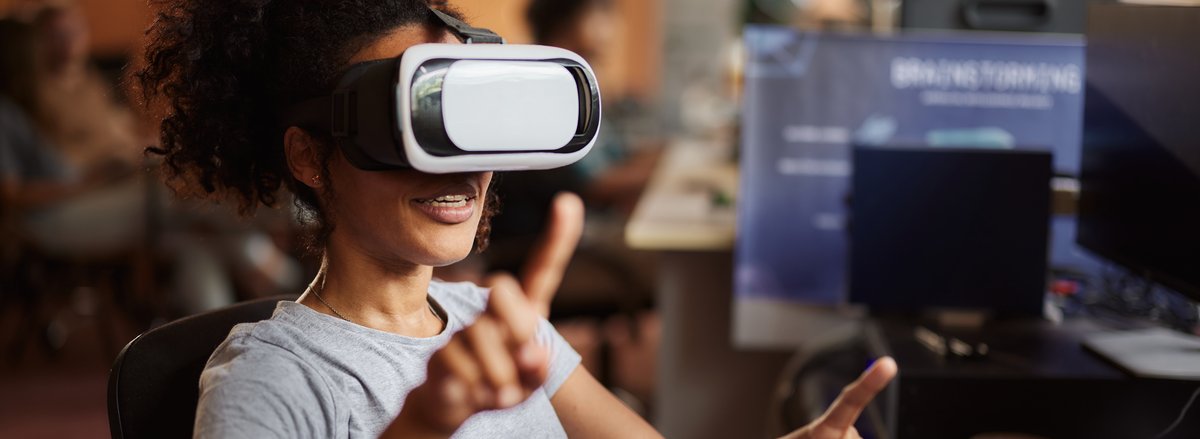A phygital event combines physical and digital elements, offering a more immersive experience. By using the right technology, it engages participants emotionally, creating a memorable and interactive experience that blends both worlds for greater flexibility and reach.

It may seem like a simple basic rule, and yet it presents many companies around the world with a major challenge: Only those who reach their customers emotionally can generate enthusiasm. Product innovations are increasingly presented digitally on various channels, while at the same time emotional events with an audience are hard to plan reliably in times of a pandemic. The demand for exclusive moving image creation and distribution is growing, more or less in line with the media technology possibilities of the 5G era and cloud services for freely scalable digital worlds of experience.
Anyone who reflexively thinks of live streaming is missing the point. An emotional digital experience is more than transmitting images and becomes all the more effective as a phygital event when the right technology tools are used.
The digital transformation has fundamentally changed the use and perception of audiovisual media. For companies, this means they must adapt their strategy for their own content creation and distribution in order to effectively reach potential clients and business partners. There is no fundamental exclusion criterion with regard to real or digital touchpoints. The decisive factor is that the quality and the experience, as well as the framework of the information transfer, should be perfectly matched to the target group’s expectations. Physical, digital or hybrid – so-called “phygital” – events offer different opportunities for dialog with the target group, both on-site and in a virtual space.
Nevertheless, they only develop their full potential if the image and sound transmission of the relevant content meets the highest standards. This applies in particular to technical preparation, production, asset management, orchestration, and data transmission. One example of such phygital events are eSports events: The technical infrastructure on site has to be designed for maximum performance so that the gamers can deliver outstanding performances. At the same time, it must be ensured that the live stream of the game scenes for the fans in the hall as well as online on their smart devices takes place without disruptions and in the highest quality – because only in this way can the emotional dialog with the target group succeed.
Qvest accompanies companies holistically with coaching and training, as well as consulting, technology management and the system integration of professional media technology, along with the development of specific software solutions.
Modern companies are able to exploit the full potential of their own content distribution through the use of state-of-the-art media technology and dedicated software tools, as well as via 5G networks and cloud services, for example, to address location-independent data access. Digital and hybrid events are increasingly establishing themselves as standards alongside the traditional on-site experience. With digitized formats, a company can reach a significantly larger target group, which at the same time is addressed in a much more focused manner. The media measures can also be scaled depending on the occasion. This reduces wastage in communication, making it particularly efficient.
A holistic setup for professional content distribution in the company is becoming all the more relevant – based on bespoke advice on the objectives, provision of the appropriate technical equipment and, if necessary, a precisely tailored software architecture.
In addition to the content aspects, modern measures of phygital corporate communication impress by virtue of the fact that the target group or potential customers can experience them completely intuitively and without restrictions, regardless of whether the users access the content via a stationary or mobile device. A company can also use a high-performance and networked media architecture including intuitive software or platform solution for internal purposes. For e-learning formats designed for employee training, a virtual or, depending on the spatial conditions, real studio setup can also be established, for example.
Get in touch with our experts around the world.